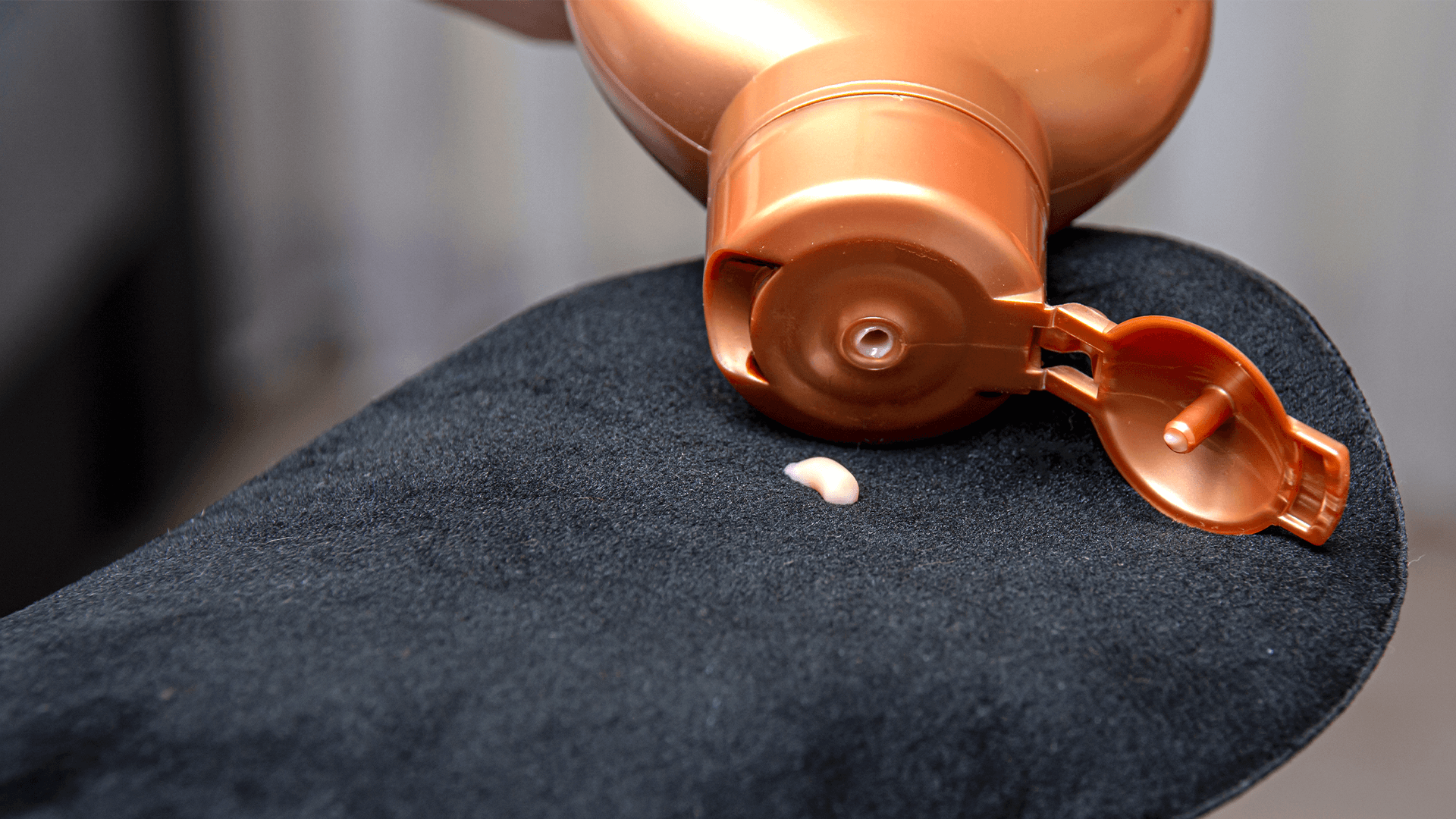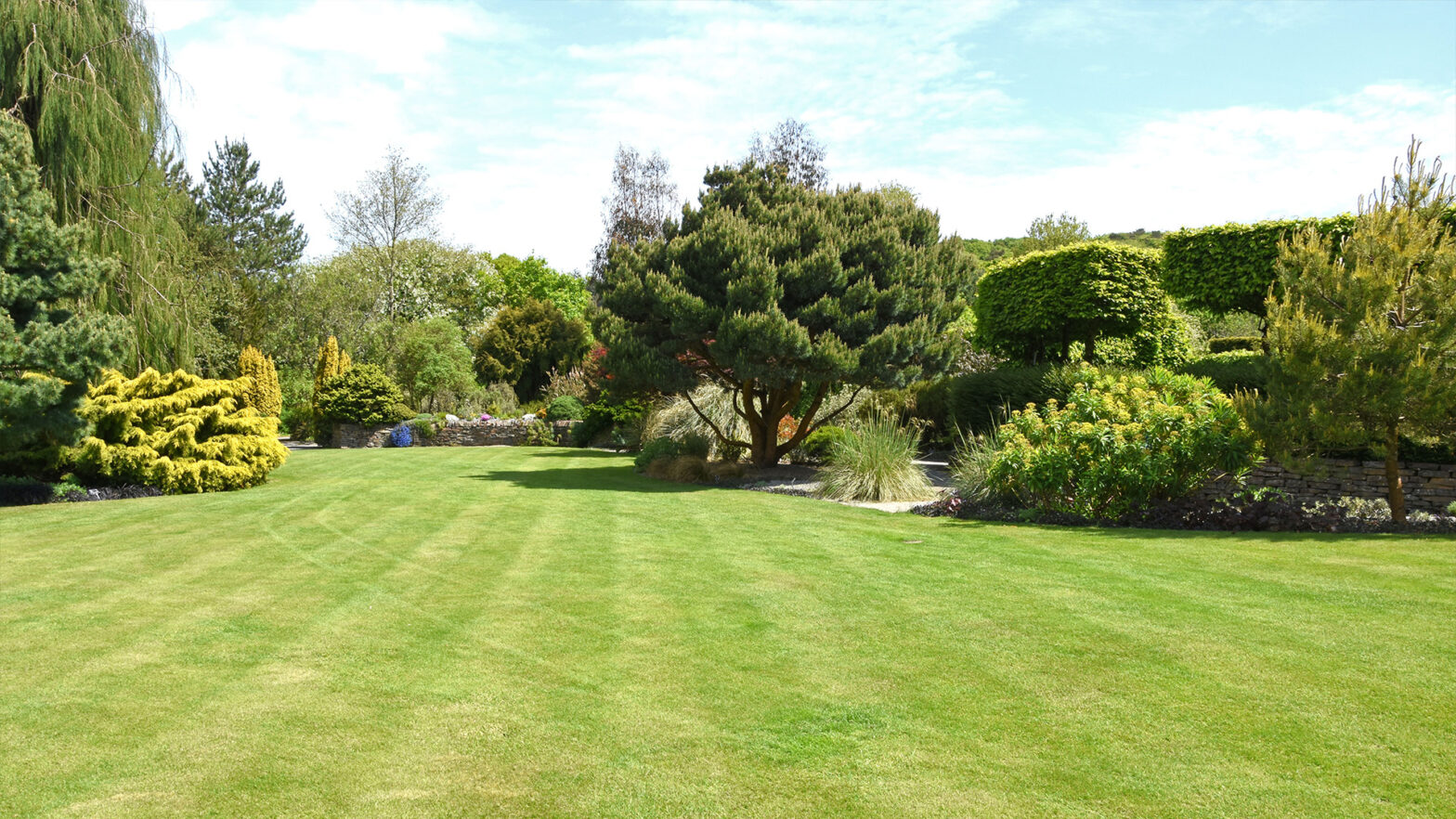
As the world gets back to normal post-COVID regulations, we can finally look forward to beach holidays and big nights out when summer rolls around, all the while dreaming of obtaining that perfect golden tan.
Tanning isn’t just for the girls – over a quarter of British men aged 16–24 have already tried self-tanning, so you’re in great company. Whether you’re looking to get beach ready or to give yourself an added confidence boost, a self-tan may be the best way forward.
To get a gorgeous golden glow safely, using a self-tan is essential because you’ll be able to achieve all-over coverage without the health risks of traditional tanning.
If you’re new to the world of self-tanning, we’re here to help. We’ve put together this fool-proof guide to help you get the best bronze possible from your bottle. Follow our step-by-step guide to achieve that even, golden glow.
Moisturise: get into the habit early
For the smoothest tan application, it’s best to moisturise regularly in the build-up to your tanning session. That goes for your face and your body – but it’s best to use separate products for each. Facial moisturisers are formulated to address your specific skin concerns, like oiliness or acne, while body lotions tend to be a bit too heavy for the face and can make you break out.
We recommend moisturising your face twice a day, every day, after you wash it. For your body, apply a body lotion all over every day after you’ve showered or bathed.
Trim: 24 hours before you tan
Top tip – if you shave your facial hair, make sure you do it before you apply your self-tan. This is crucial, as it means your tanning product – whether you go for a clear tanning water or a mousse – sticks to your skin properly.
Shaving 24 hours before tanning is the optimum time. But if you’ve got a last-minute night out you need to tan for, don’t worry – you can still tan even if you’ve just shaved.
Exfoliate: 24 hours before you tan
Exfoliating your face and body is the next step. If you’re new to exfoliating, don’t panic – it’s really straightforward. Our skin is thicker than women’s skin, which means it can be a bit rougher in texture too. That’s why it’s so important to remove any dead skin, which can turn a different colour to the rest of your skin when you’re tanning, resulting in an uneven colour.
To exfoliate, you can use a body scrub with physical grains that’ll slough off that dead skin. Chemical exfoliants, meanwhile use skincare ingredients such as salicylic acid, lactic acid, and glycolic acid to get rid of dead skin on the surface of your skin and in your pores for smooth, soft skin that’s ready to be tanned. The latter is better for your face because scrubs can damage the more sensitive skin there.
After exfoliating, make sure you moisturise again and pay close attention to your hands, elbows, knees, and feet. These can be tricky areas to tan because the skin is even tougher here. This softens up these extra-tough areas even more for easier application and adhesion.
Dry and protect: immediately before tanning
Reduce potential streaking when you apply your tan by completely drying your body hair, stubble, hairline, and skin completely. Then, apply a thin coating of lip balm or Vaseline on your nails, eyebrows, and hairline to prevent the tan from staining or leaving weird streaks around these areas.
Apply your tan
Now it’s time for application. For sprays, apply a single, light coating all over your body from an arm’s length distance using a soft, circular motion. Once applied, take a dry towel and gently pat away any excess build-up on stubble or around your hairline.
When using mousse, a tanning mitt is the easiest way to apply the product without staining your hands. The ideal amount for a first coat is three pumps for each section of the body. After applying, use a clean, soft-textured face cloth over any hairier areas of the body to avoid any build-up at the hair follicles and to prevent the hair from changing colour.
The trick to successful self-tanning is that less is more. Start small and work your way up to a deeper tan. You can even build up a deeper tan over the course of a few days if you’re brand new to it and you want to take it slow. A bonus here is that you’ll look like you’re bronzing more naturally!
Self-tan is for everyone. It shouldn’t just be the girls who have all the fun – there’s no better way to feel great ahead of a big night out or your long-awaited party holiday than with a deep tan. Because let’s face it, pasty arms and legs don’t feel quite as good. With these tips, you’ll be able to get that perfect deep but natural-looking tan.




















